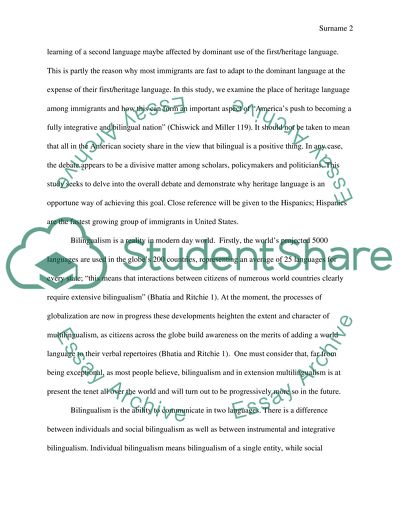Cite this document
(“Retention of Heritage Language as a Means of Encouraging Bilingual Essay”, n.d.)
Retrieved from https://studentshare.org/education/1404059-retention-of-heritage-language-as-a-means-of-encouraging-bilingual-education-among-immigrants
Retrieved from https://studentshare.org/education/1404059-retention-of-heritage-language-as-a-means-of-encouraging-bilingual-education-among-immigrants
(Retention of Heritage Language As a Means of Encouraging Bilingual Essay)
https://studentshare.org/education/1404059-retention-of-heritage-language-as-a-means-of-encouraging-bilingual-education-among-immigrants.
https://studentshare.org/education/1404059-retention-of-heritage-language-as-a-means-of-encouraging-bilingual-education-among-immigrants.
“Retention of Heritage Language As a Means of Encouraging Bilingual Essay”, n.d. https://studentshare.org/education/1404059-retention-of-heritage-language-as-a-means-of-encouraging-bilingual-education-among-immigrants.


